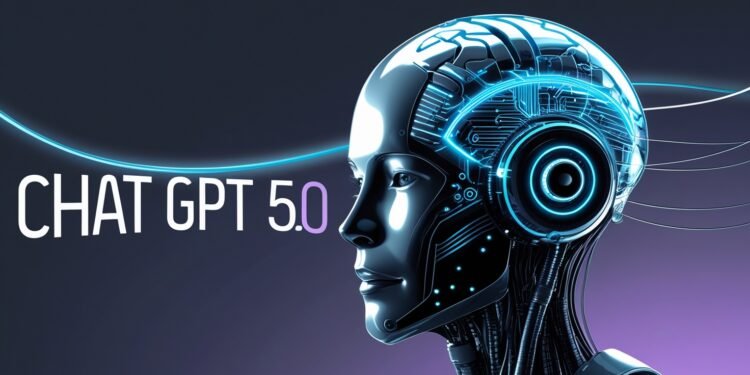OpenAI has just changed the game—again. The release of GPT-5 marks the company’s most advanced and ambitious AI system to date, and it’s already sending shockwaves through tech, enterprise, and the AI research community.
While GPT-4o blew minds with multi-modal capabilities, GPT-5 goes even further—bringing sharper reasoning, longer context windows, better grounding, and early-stage agentic behavior. This isn’t just an upgrade—it’s a signal that general-purpose AI is rapidly maturing.
🚀 What’s New in GPT-5?
1. Expanded Context & Memory:
GPT-5 now supports context windows up to 1 million tokens, thanks to OpenAI’s latest breakthroughs in efficient transformer architecture. Long docs? Complex chains of thought? No problem.
2. Multi-Modal Mastery:
While GPT-4o introduced real-time audio and vision, GPT-5 takes it further. It can process images, audio, video, and live context with better understanding, fewer hallucinations, and improved grounding in real-world facts.
3. Agentic Capabilities (Early):
GPT-5 shows early signs of autonomous reasoning. Through tools like OpenAI’s new Agent Framework, GPT-5 can plan, analyze, and execute multi-step tasks—like debugging code, managing projects, or even writing reports—without constant user prompts.
4. Real-Time Responsiveness:
Latency is dramatically improved, especially when deployed via OpenAI’s API+Agent Mode or through Microsoft Copilot integrations.
💡 Why It Matters
For Developers:
GPT-5 means building smarter, more autonomous tools—whether it’s customer service agents, security bots, or personalized learning assistants. Expect smoother API experiences and richer toolchains through Azure OpenAI Service.
For Enterprises:
Multi-modal AI with planning capabilities opens the door to digital co-workers. Think: AI that writes emails, analyzes sales trends, generates marketing visuals, and gives voice-based performance summaries—all in one interface.
For Researchers & Educators:
With longer context and fewer hallucinations, GPT-5 is better suited for technical writing, documentation analysis, and teaching support. It can now hold complex ideas longer and return cleaner, more nuanced responses.
🛡️ The Caveats
OpenAI is still cautious about full autonomous agents, and GPT-5 does not yet run free-form tasks without oversight. Safety, content filtering, and red-teaming are built in, and user access to some features (like autonomous planning) is gated.
And yes—GPT-5 still hallucinates sometimes. It’s smarter, but not infallible.
🧭 What Comes Next
Expect GPT-5 to roll out across:
-
ChatGPT Pro (Web + App)
-
API via OpenAI Platform
-
Microsoft Copilot & Azure AI Tools
-
OpenAI’s own Agent Framework
Some features (like autonomous chaining) may be limited to enterprise/enterprise+ tiers.
Meanwhile, the AI race continues. Google, Anthropic, Meta, and Mistral aren’t slowing down. But GPT-5 has just raised the bar—and everyone’s watching.
🔗 Stay tuned. LevelAct will cover real-world GPT-5 case studies, benchmark comparisons, and agentic apps next.


















